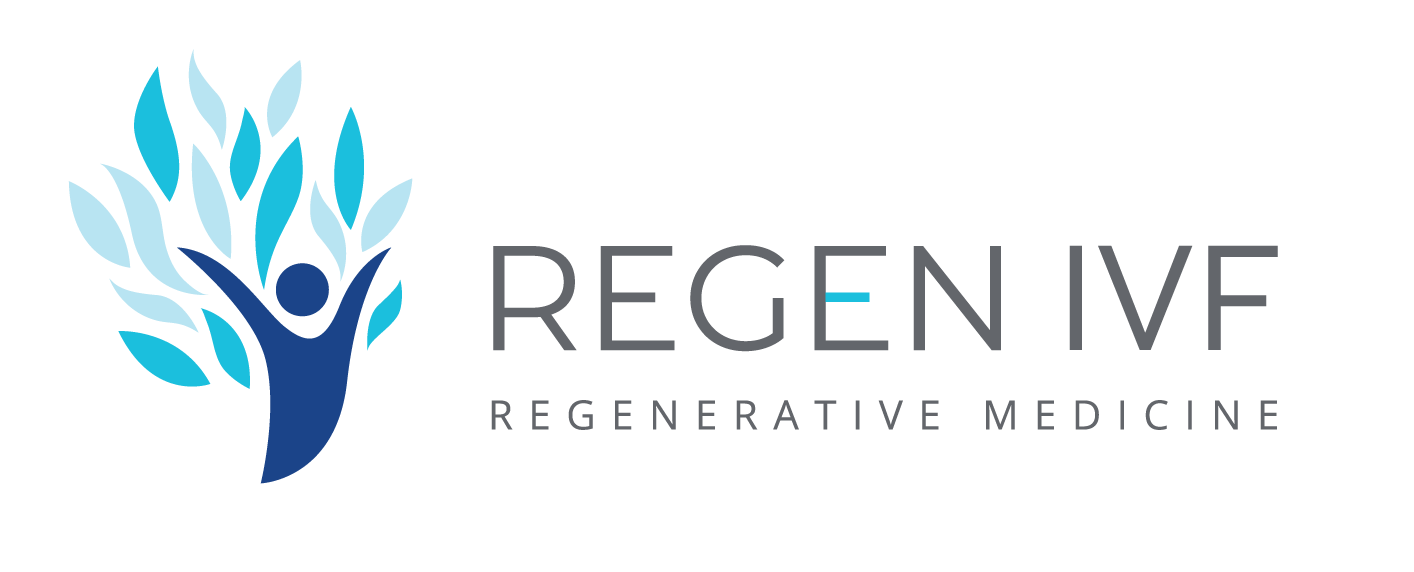IVF MORE®: The Innovative Technique for Egg Restoration
Do you want to have a baby with your own eggs? IVF MORE® is the way. Standing for Magnetic Ovulatory Restoration, IVF MORE® is the most innovative technique in assisted reproduction treatments, providing a new alternative to motherhood.
It is specially designed for individuals facing challenges in egg quality due to:
- Advanced age
- Endometriosis
- Polycystic Ovary Syndrome (PCOS)
- Repeated failed IVF attempts
- Aneuploid embryos (Analyzed by PGT-A)
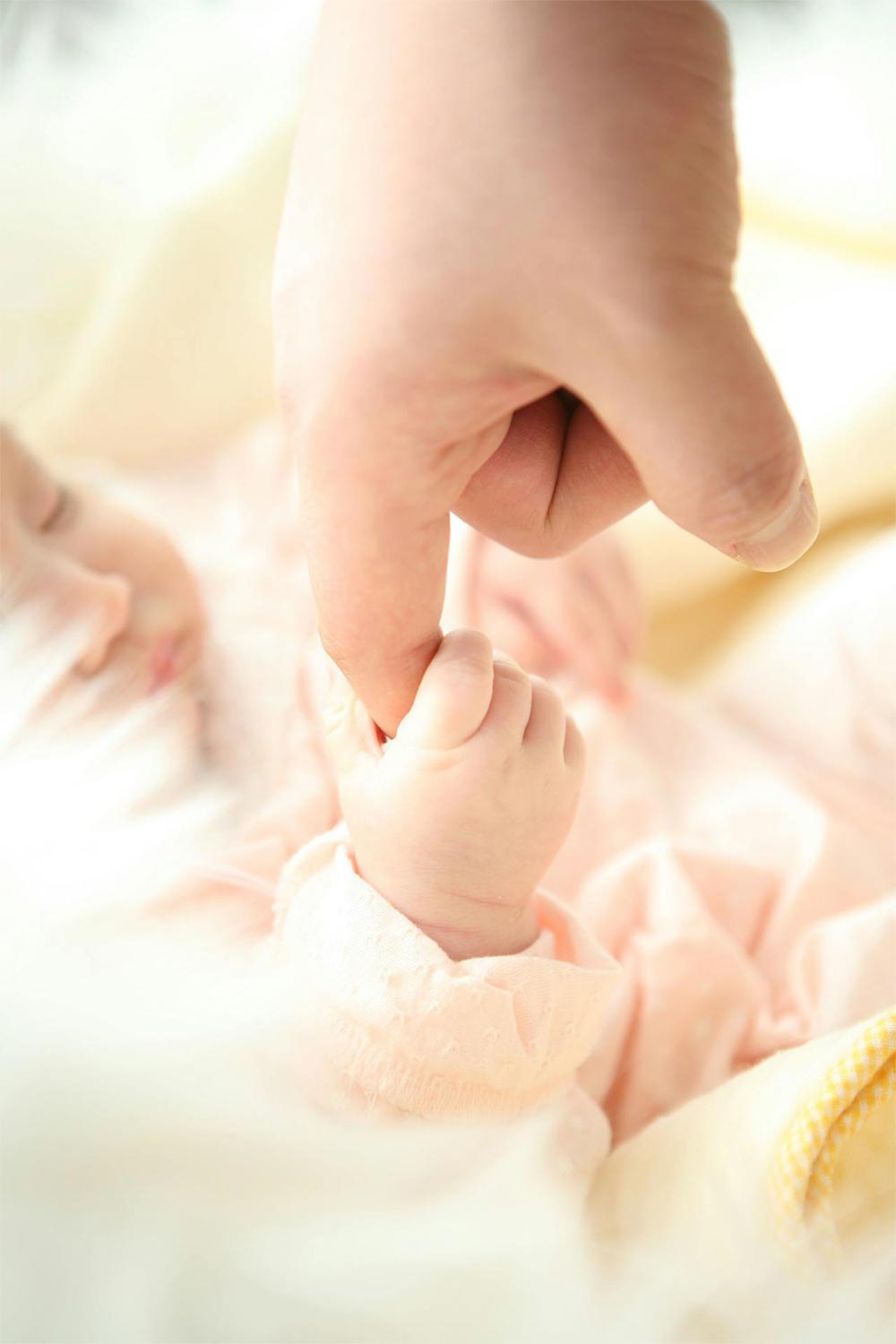
Understanding the Role of Age in Human Reproduction
Age is the main factor affecting fertility in women, as egg quality declines with aging, especially after 35 years, according to the World Health Organization. This fertility reduction is associated with a lower quantity and reduced quality of eggs. Additionally, the risk of miscarriage also increases with age, being more likely after 40.
According to the Society for Assisted Reproductive Technology, only 10% of patients between 41 and 42 achieve a viable embryo (A viable embryo (with the correct number of chromosomes and in a healthy biological state) is one that has the potential to implant in the uterus, develop properly, and result in a pregnancy), so ovarian restoration is recommended before fertilization. This is where the innovative approach of IVF MORE® comes in, incorporating advanced techniques to improve egg quality and embryo development, setting a precedent in the field of assisted reproduction.
Before IVF MORE®, options were limited for these patients, often resorting to egg donation. IVF MORE® offers an alternative through ovarian restoration, providing a better chance for eggs to divide correctly and result in a viable embryo with the patient’s own genetics.
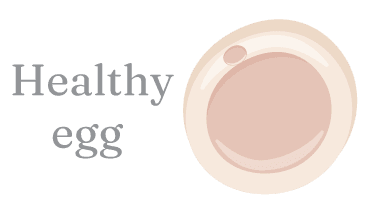
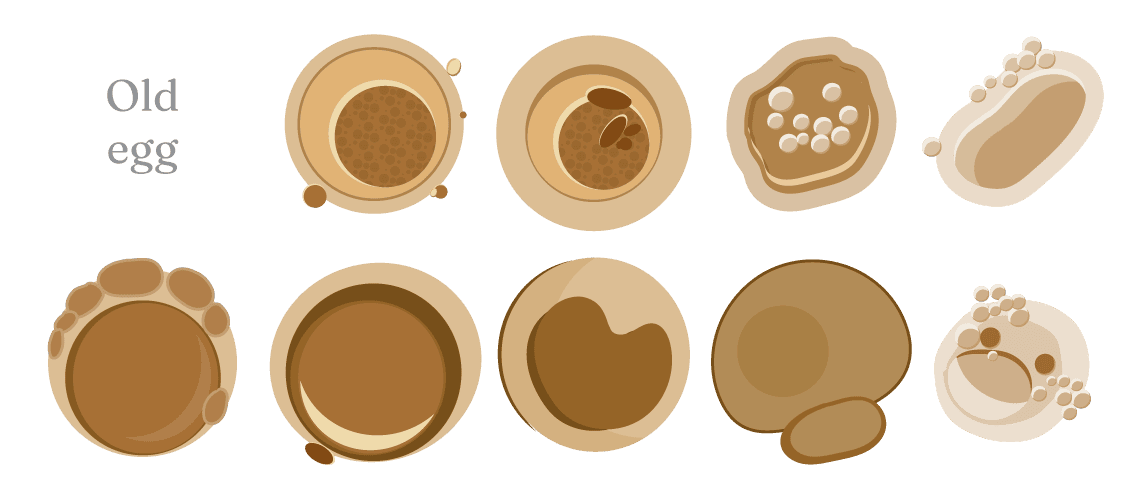
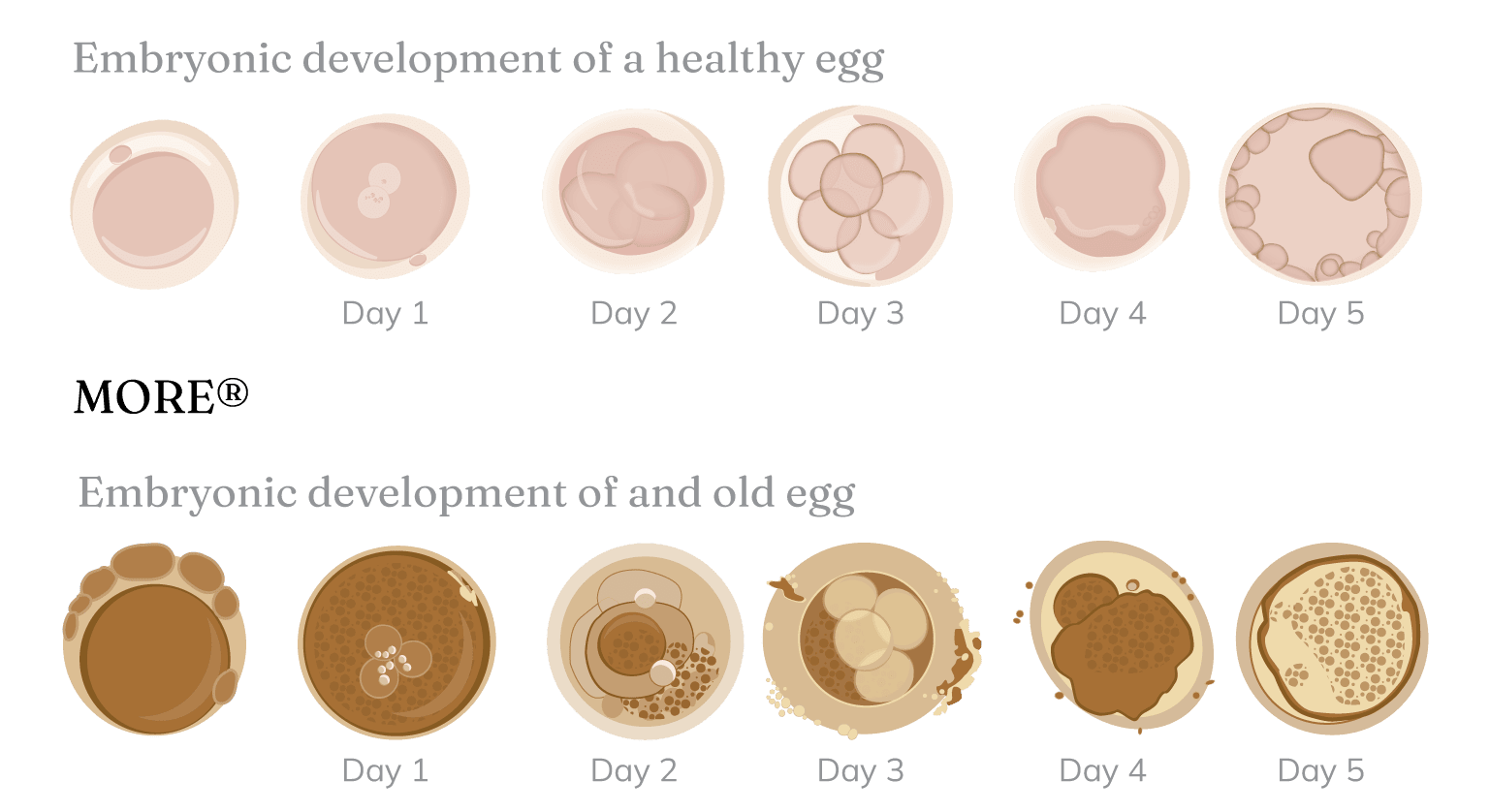
Egg quality typically deteriorates with age, making fertilization and early embryo development difficult due to the lack of necessary components and energy required for proper cell division and embryo formation in the cytoplasm. This can cause genetic abnormalities that may be transmitted to the embryo, leading to developmental problems or implantation failures. While age is the most important factor, endometriosis and Polycystic Ovary Syndrome (PCOS) also negatively impact embryo viability.
One in six women may have endometriosis. This condition occurs when menstrual blood flows towards the ovaries, affecting egg production and quality. This can form cysts called endometriomas, making the eggs dark and granular, reducing their fertilization and development capacity. In PCOS, insulin resistance and hormonal imbalance disrupt ovulation, preventing eggs from maturing properly, increasing genetic abnormalities and miscarriage rates.
IVF MORE® offers new hope for these women, allowing the restoration of eggs even in women over 40, improving their chances of achieving a viable embryo.
What is IVF MORE®?
IVF MORE® is our exclusive technique that improves egg quality by utilizing advanced technologies such as micromanipulation and magnetic fields . We use a patented and proprietary recipe that provides specific nutrients and conditions designed to revitalize and optimize the eggs, improving their ability to divide correctly and develop into viable embryos.
By improving the fundamental aspects of egg health and development, IVF MORE® could potentially increase the chances of successful conception and healthy pregnancy.
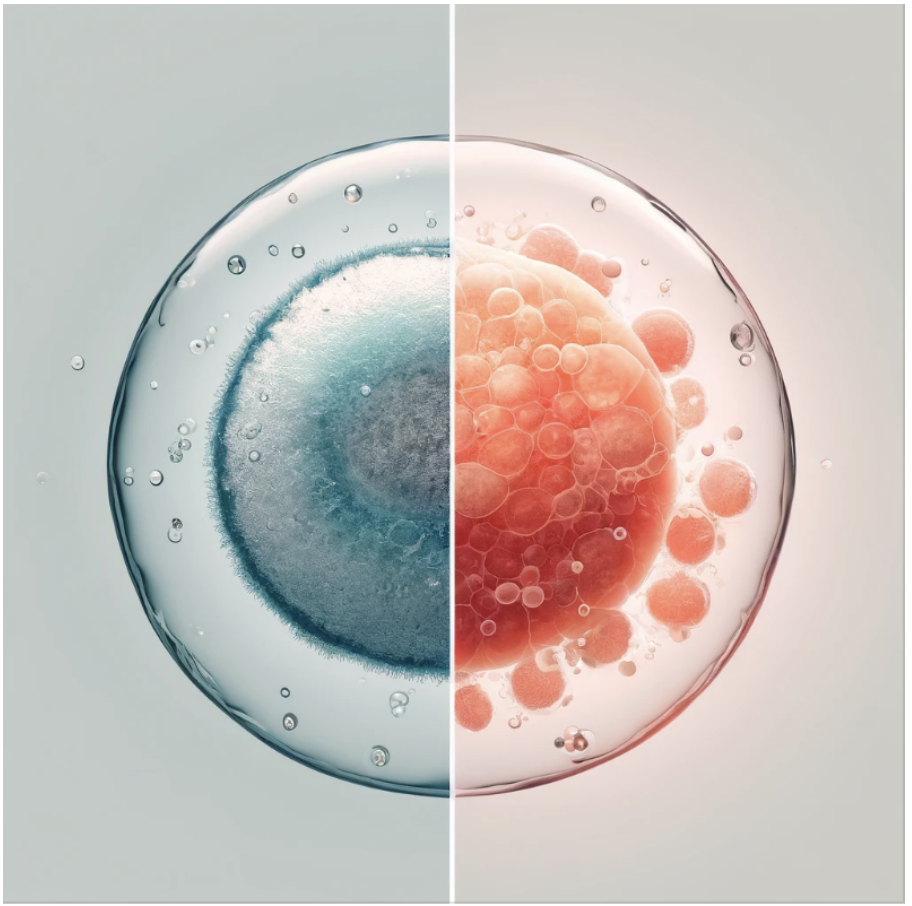
How IVF MORE® Works with In Vitro Fertilization: A Step-by-Step Guide
Egg Banking:
Our process starts with collecting the patient’s eggs. To increase the number of eggs collected, we use hormonal stimulation. If we obtain more than six eggs and they are of good quality, a single treatment session will suffice. However, if the eggs are few or have signs or low quality like dark color or granular aspect, we suggest a second stimulation session to ensure enough quality eggs before proceeding with our IVF MORE® technique. The goal is to freeze these eggs in less than six months. Even if a patient produces very few eggs, we can proceed with the IVF MORE® technique, as we only need at least one egg to attempt the treatment.
This approach maximizes the chances of successful outcomes by ensuring that eggs are collected and processed at their highest quality, while also adapting the approach if fewer eggs are available.
Metabolic Diagnosis:
We have identified factors that allow us to detect the metabolic state of each egg and obtain a diagnosis. Some of these factors, such as Annexin V and other Krebs Cycle markers, determine the correct metabolic development of the eggs. We will obtain a metabolic profile that tells us if the egg has enough metabolites to divide correctly and if it has enough energy to divide correctly.
This metabolic diagnosis allows for a more precise approach to egg quality assessment, enhancing the chances of successful fertilization and embryo development by focusing on the eggs with the most favorable metabolic conditions.
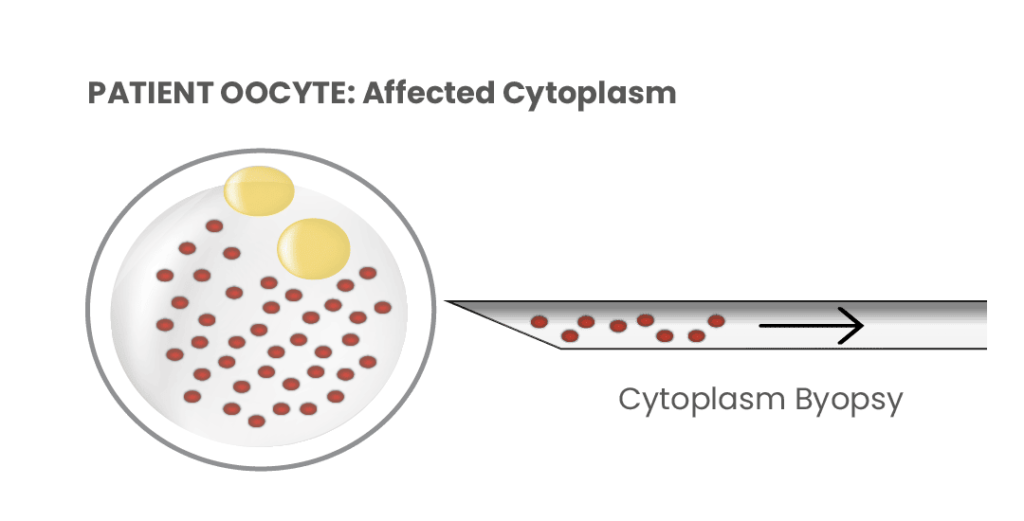
Oocyte Restoration
We enhance the egg through the Regenera® method, a sophisticated approach to improving egg quality, which consists of an intracytoplasmic infusion to poor-quality oocytes with growth factors and essential energy components derived from the patient’s own cells to give the egg better chances of restoration for fertilization and reducing the risk of producing an embryo with genetic abnormalities. This method uses advanced techniques such as biomolecular technology and digital PCR based on nanoplatelets to restore the eggs.
Overall, the Regenera® oocyte restoration method leverages cutting-edge technology and personalized components to significantly improve egg quality and increase the chances of successful embryo development.
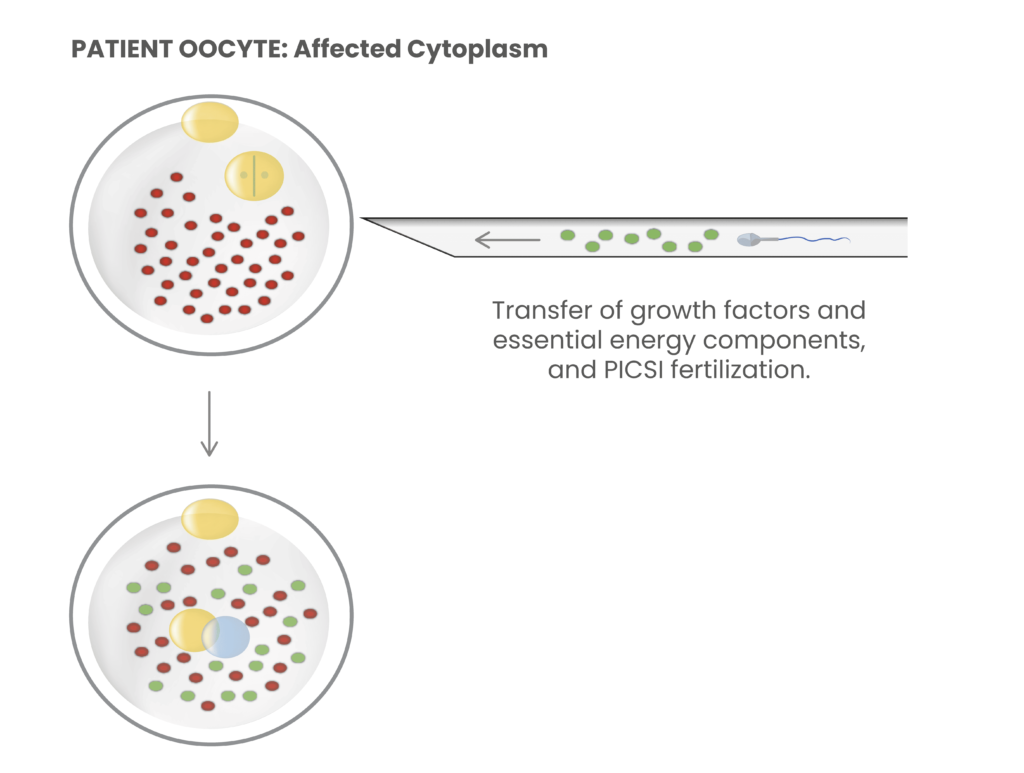
In Vitro Fertilization (IVF):
We use the PICSI (Physiological Intracytoplasmic Sperm Injection) PICSI technique to fertilize the eggs. For this, it is essential to select the most capable sperm. There is an alternative where sperm, through a microfluidics technique, travel through a channel. In this process, the best-quality sperm manage to exit from one end of the microfluidics to the other. The selected sperm bind to hyaluronan, an essential component of the zona pellucida (the egg’s outer layer) of each egg. Simulating the natural process, we can filter and select the sperm that have the greatest ability to compete and advance through the microfluidic channel. By selecting sperm that bind to hyaluronan, the method enhances the likelihood of choosing sperm with the greatest potential for successful fertilization.
By integrating the PICSI technique with microfluidics for sperm selection, you enhance the precision of sperm choice, potentially leading to higher fertilization rates and better embryo quality. This approach optimizes the conditions for creating viable embryos, improving overall success in fertility treatments.
Magnetic Field Culture:
We have found that by leaving the restored eggs in magnetic fields, there is an intracytoplasmic movement of solutes that allows better organization of the egg’s cytoskeleton. Once fertilized, we increase the potential of the magnetic fields to allow the egg to spend less energy and divide correctly. In other words, the magnetic fields have significantly increased the possibility of producing viable embryos.
Embryo Transfer to the Uterus
Once we have viable embryos, The process of embryo transfer to the uterus is a critical step in assisted reproduction. We prepare the recipient woman’s endometrium using endometrial preparation techniques including hormonal treatments (e.g., estrogen and progesterone) to thicken and stabilize the uterine lining, making it more receptive to the embryo.
In some cases, we use regenerative medicine techniques to increase the embryo’s implantation potential.
By combining meticulous endometrial preparation with advanced regenerative medicine techniques, the goal is to create the most favorable conditions for embryo implantation and increase the likelihood of a successful pregnancy.
Who Can Benefit from IVF MORE?
IVF MORE® offers a valuable alternative for individuals facing significant fertility challenges.
Women over 40 who have seen their egg quality naturally decrease with age.
Patients with a history of Unsuccessful IVF cycles. Convinced that they have exhausted their possibilities of conceiving with their eggs.
Advanced endometriosis or Polycystic Ovary Syndrome (PCOS)
Face fertility challenges due to genetic problems affecting embryo development.
Patients who have had total embryo blockage.
Patients who have undergone genetic embryo analysis and only get aneuploid (having an abnormal number of chromosomes) embryos
How Was IVF MORE® created?
IVF MORE® was born from the dedication of researchers who discovered that egg quality deteriorates with age due to mitochondrial dysfunction. Then, our Regenera team identified key metabolites and factors linked to the egg’s energetic and metabolic performance, leading to their proprietary formula, IVF MORE®.
By using the patient’s mitochondria to revitalize the eggs and employing magnetic fields in embryonic culture, they facilitated proper cell division, significantly increasing the chances of obtaining viable embryos. This combination of metabolic diagnosis, egg revitalization, and magnetic fields has set a new precedent in assisted reproduction.
IVF MORE® offers new hope to women with poor egg quality, including those with endometriosis and polycystic ovary syndrome, by reducing genetic errors and improving success rates in embryo development. This innovative solution provides an alternative for women who do not want to opt for egg donation, significantly improving the chances of successful pregnancies.
Overcoming Fertility Barriers Beyond Age
Although IVF success rates decrease after 35 years of age, IVF MORE® offers an innovative technique that enhances the fertilization process. This technique improves the chances of conceiving your eggs without resorting to egg donation. Instead of relying on younger donor eggs, IVF MORE® helps overcome the challenges of age, endometriosis, and PCOS, providing new hope for achieving a successful pregnancy.
How Does IVF MORE® Define Success in Fertility?
At IVF MORE®, we understand how challenging it can be to achieve a viable embryo. In patients where ovarian restoration could not be achieved in a single attempt, it usually occurred because they had few eggs. But in up to 85% of cases, we have achieved viable embryos for transfer. In some cases, we had to repeat, but in most cases, we achieved a viable embryo.
Our technique adds the necessary metabolites, growth factors, and energy components for the correct metabolism of the egg’s cytoplasm with a patented recipe, improving its quality. We adapt each treatment to the specific needs of your eggs, optimizing their chances of restoration and embryo development.
With IVF MORE®, we are here to accompany you every step of this exciting journey, offering you a real opportunity to fulfill your dream of becoming a mother.

